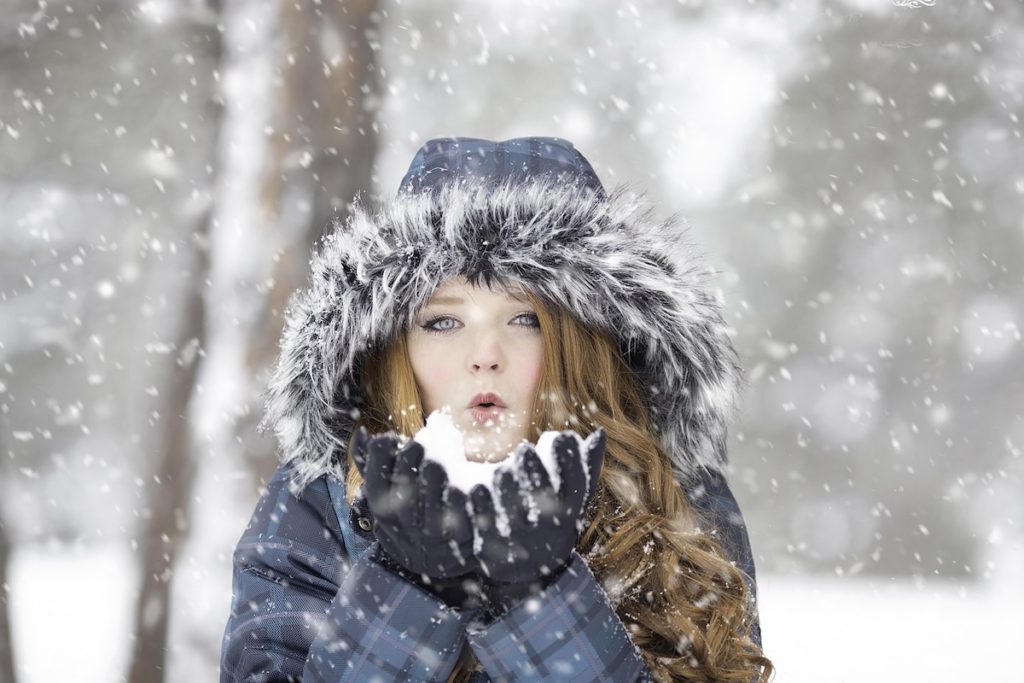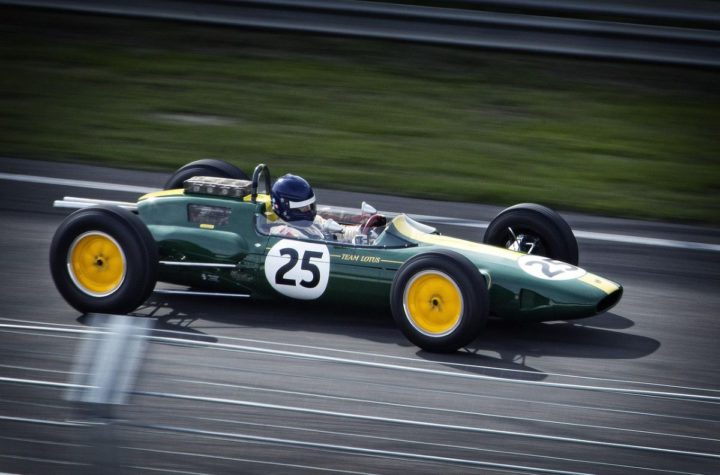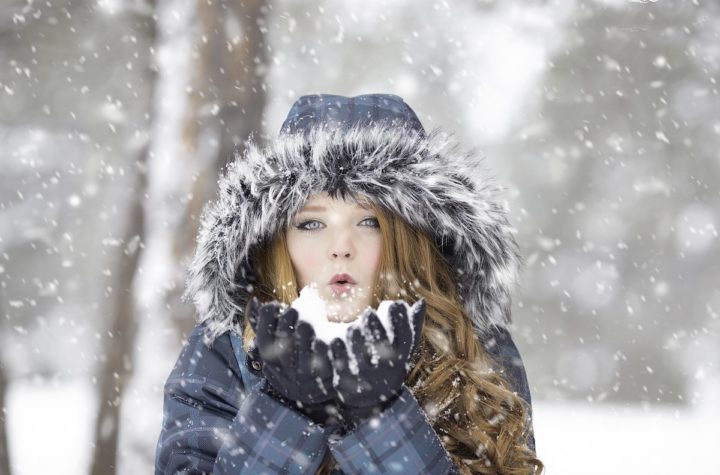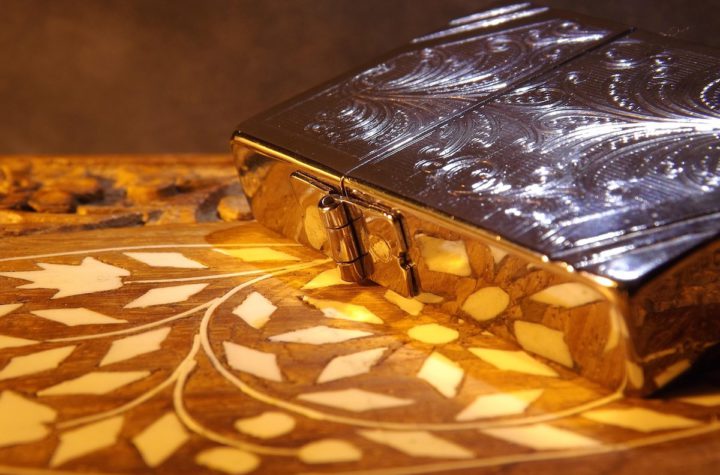
Melbourne’s winters are known for their unpredictability—chilly mornings, flashes of rain, and sunny spells all in the same day. That unpredictability has shaped not only how people dress but also how local fashion evolves. In recent years, winter staples have become more than just functional—they’ve turned into statements of identity, especially within the Melbourne streetwear scene. From oversized coats to relaxed fits and the ever-present homie jumper, layering has taken centre stage in creating a look that balances comfort, style, and practicality.
Layering for winter is more than just piling on garments to keep warm. It’s a creative process that lets you mix textures, silhouettes, and colours to build a look that evolves with the day’s mood and temperature. For those tapped into urban fashion, layering is an opportunity to make even the coldest days a runway moment. The key lies in thoughtful coordination—every piece should have a purpose, not just a place.
Start with the foundation: the base layer. A quality tee, long-sleeve top, or thermal shirt forms the start of your outfit and serves both warmth and structure. Stick to breathable fabrics that help regulate body temperature—merino wool or moisture-wicking cotton work well. This base shouldn’t be too bulky since it sits closest to your skin, but it can still make a statement with a subtle logo, muted colour, or a fitted silhouette to contrast with the oversized shapes on top.
The next level is where you bring in texture and form. Hoodies, sweatshirts, or loose-knit pullovers make great second layers, providing warmth and allowing for expression. This is where you can play with pattern or colour, or lean into tonal shades for a cohesive look. Choose pieces that don’t bunch under jackets or coats—something soft but structured enough to retain its shape. If you like a laid-back aesthetic, a slouchy crewneck or zip-up works well over a fitted base.

Your outer layer is both your shield and your final visual statement. Melbourne’s weather can turn quickly, so think about both water resistance and wind protection. Parkas, puffer jackets, and trench-style coats are popular for a reason—they offer coverage without overwhelming your entire outfit. Aim for a piece with a layering room so you’re not restricted, especially if you’ll be on the move all day.
Proportions are critical when building a layered outfit. If your outer jacket is oversized, keep your inner layers more fitted to avoid a bulky silhouette. Alternatively, if you’re working with slimmer outerwear, consider layering a relaxed mid-weight jumper or cropped hoodie that adds shape without volume. Think of your outfit as a visual stack—each piece should gradually build out or taper in.
When it comes to pants, winter streetwear favours relaxed cuts and versatile fabrics. Cargo pants, wide-leg denim, and drawstring track pants all allow movement and layering underneath if needed. Pairing bulkier pants with a more tapered upper half can create balance, while coordinating tones or sticking to a monochrome palette can tie the whole outfit together.
Accessories also play a key role in winter streetwear. Beanies, scarves, and gloves are practical but also offer a chance to extend your colour story. Opt for earthy tones or neutral colours that can work across multiple outfits. A patterned scarf or a beanie in a bold colour can break up a minimal look, drawing attention to the upper body and framing the face.
Footwear in colder months is all about durability, grip, and aesthetic edge. Classic high-top sneakers, chunky trainers, or weatherproof boots are common picks. The trick is to match the bulk and tone of your footwear with your lower half. If your pants are tapered or cuffed, show off the shoe silhouette. If you’re going wider-leg or stacked, the shoes become a grounded base rather than the focal point.
Don’t underestimate the value of functional layers like vests or utility jackets. These pieces add storage, texture, and interest without too much warmth, making them great for transitional weather days. Layering a vest over a hoodie or under a coat lets you create dynamic depth in your look.
Melbourne street style thrives on mixing high and low elements. You can combine technical outerwear with vintage jumpers or pair polished sneakers with distressed denim. The art is in the clash—refined meets rugged, old meets new, fitted meets oversized. This approach keeps winter layering fresh and personal, turning practical outfits into curated statements.
One of the best things about layering is the flexibility it gives you throughout the day. Mornings can start with all three layers zipped and buttoned, while afternoons might allow for jackets off and sleeves rolled. Having the freedom to adapt without compromising your look is what makes layering so valuable in streetwear—especially in a city where the weather rarely settles.
If you’re aiming to elevate your winter wardrobe, invest in a few versatile, high-quality staples. Neutral-coloured base layers, a standout jacket, and at least one bold or textured mid-layer can give you dozens of combinations. Rotate accessories to keep things fresh, and don’t be afraid to experiment with layering order—sometimes wearing a hoodie under a coat feels more structured than over a shirt, or vice versa.
Finally, remember that comfort is central to authenticity in streetwear. If you’re not comfortable in what you’re wearing—physically or stylistically—it shows. Layering isn’t about following a formula; it’s about understanding your body, your day, and your environment. The more you tune into those elements, the better your winter layers will reflect your personal style.





More Stories
Elevate Your Coffee Experience
Beauty Tips for Every Day
Two countries that need your tourism dollar